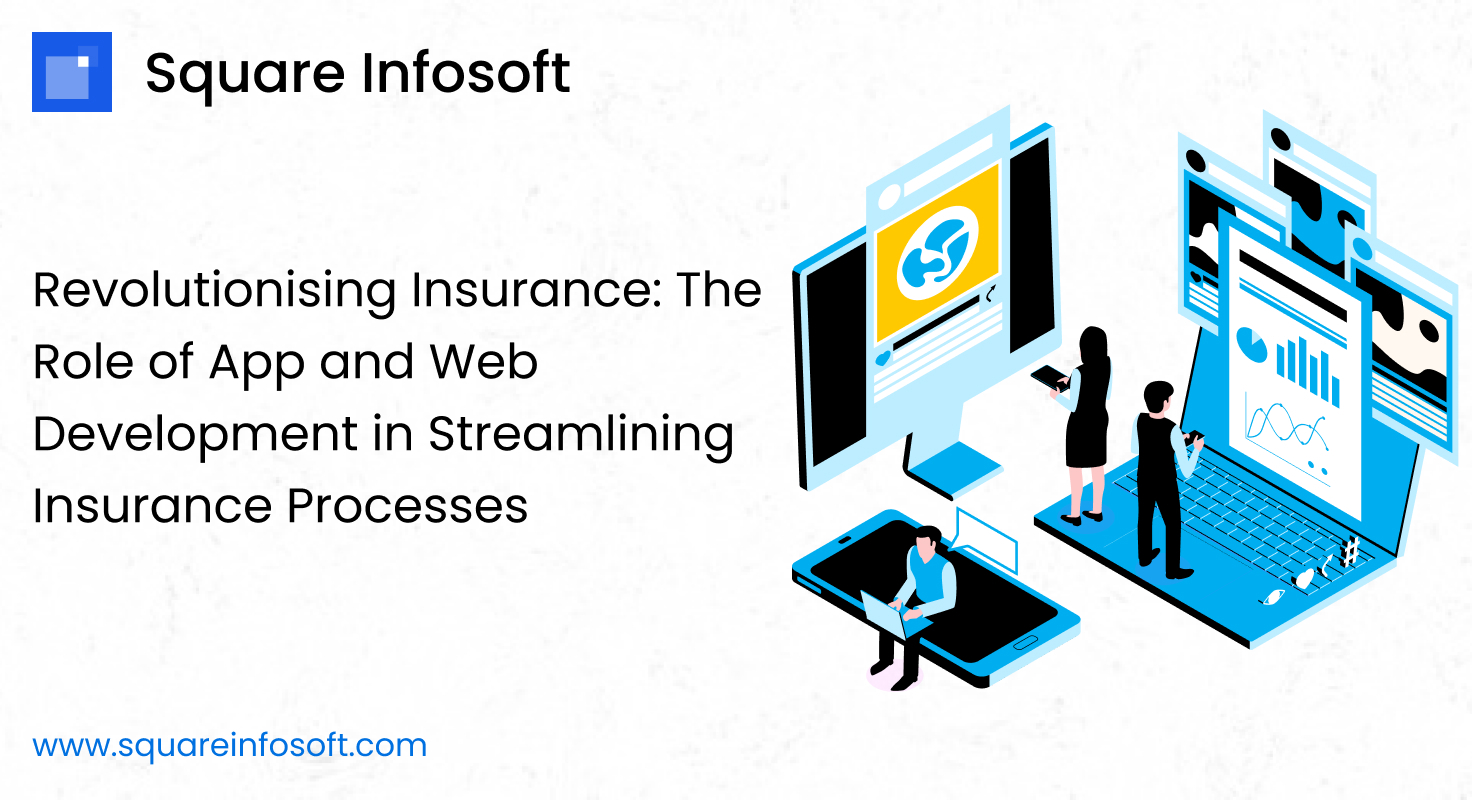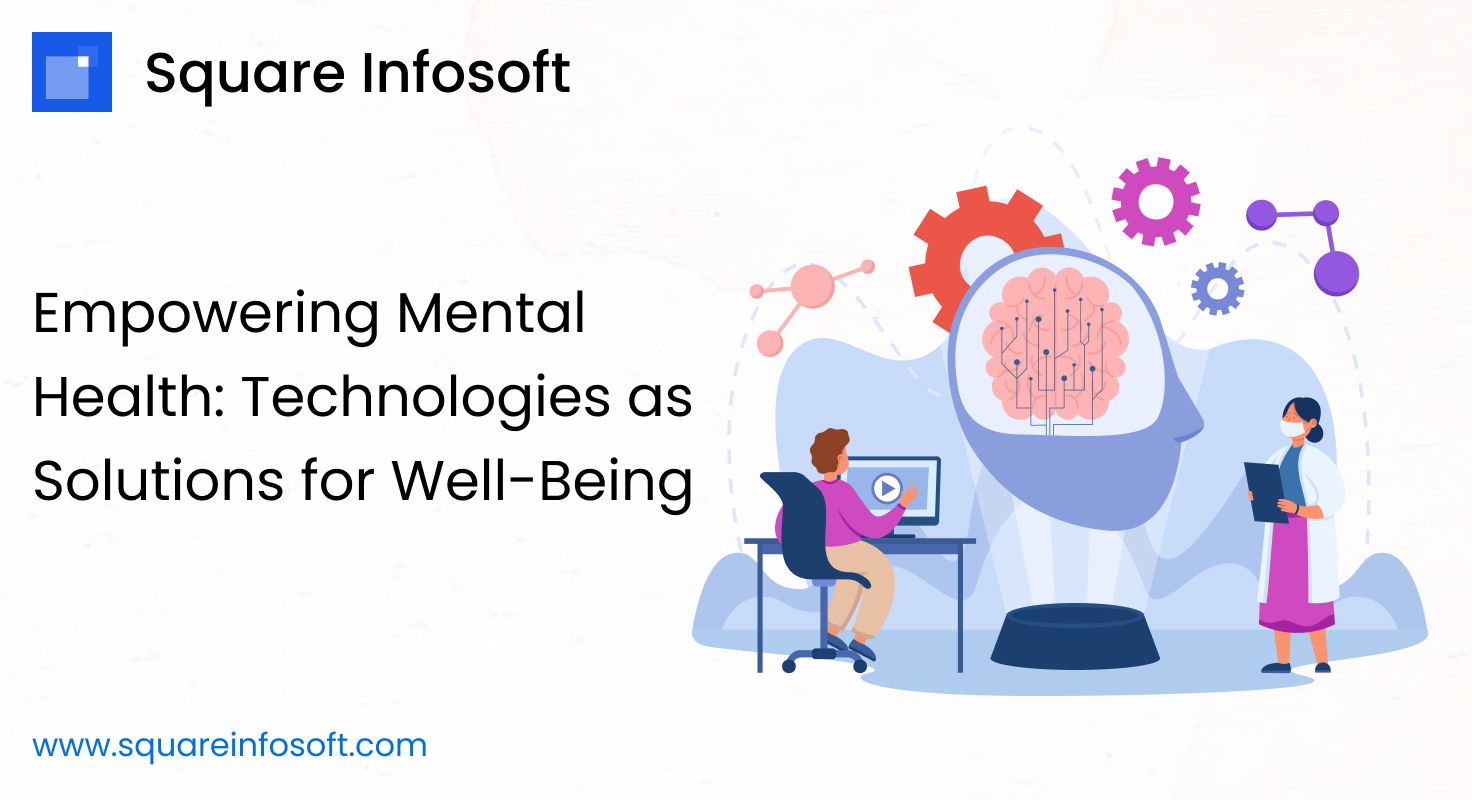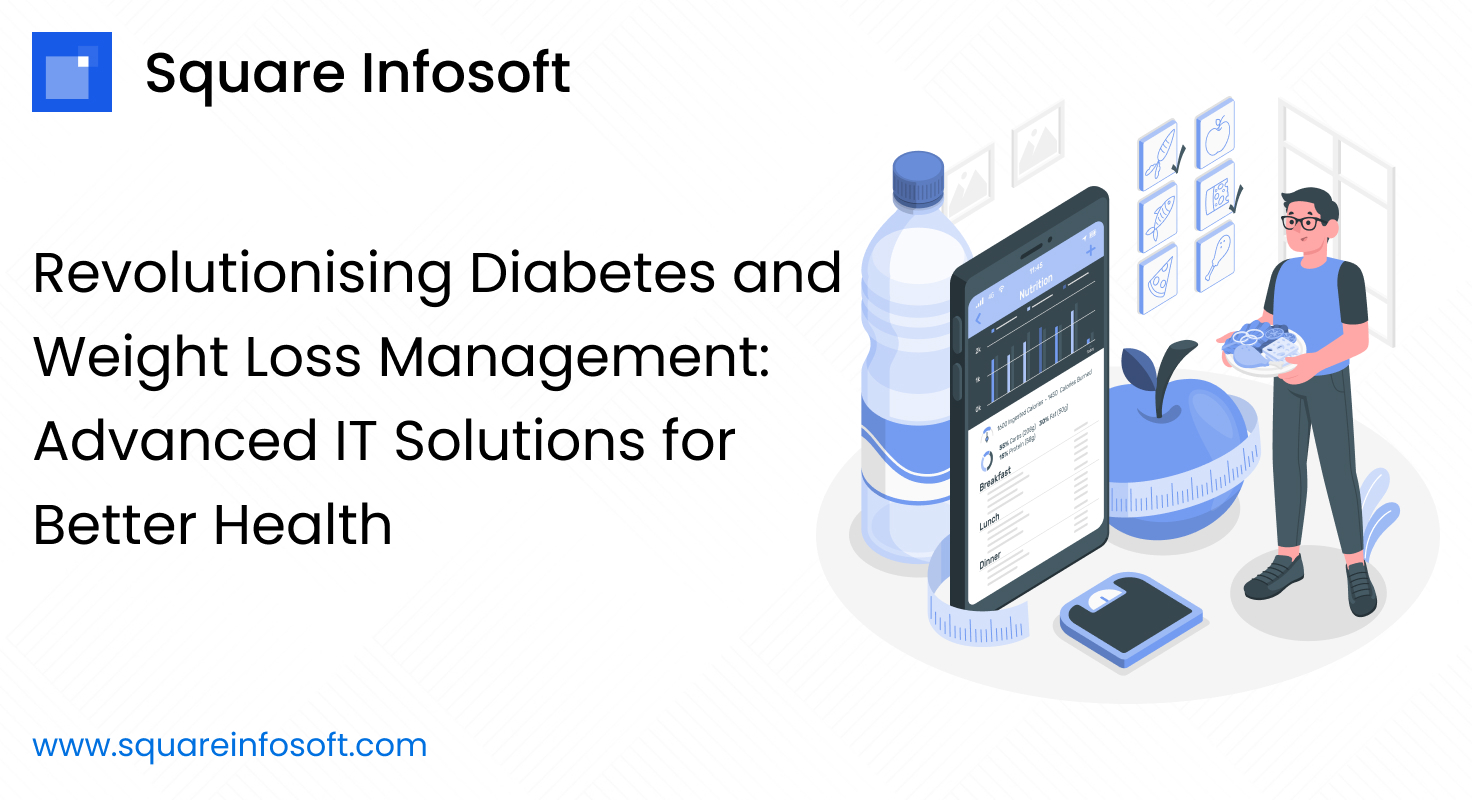Developing a mobile application for matrimony is a significant undertaking aimed at facilitating connections between individuals seeking life partners. In this comprehensive guide, we’ll explore the key considerations, processes, and technologies involved in creating a matrimony mobile app.
1. Market Research and Analysis:
Before initiating development, thorough market research is crucial to understanding the needs, preferences, and cultural nuances of your target audience. Analyze existing matrimony platforms, both online and offline, to identify gaps and opportunities for innovation. Consider factors such as demographic trends, regional preferences, and socio-cultural considerations.
2. Define Features and Functionalities:
Based on market research insights and stakeholder feedback, define the features and functionalities of your matrimony mobile app. Some essential features to consider include:
- User Profiles: Allow users to create detailed profiles with personal information, photos, preferences, and partner preferences.
- Search and Matchmaking: Provide robust search filters and matchmaking algorithms to help users find compatible matches based on criteria such as age, religion, caste, education, profession, and more.
- Privacy and Security: Implement privacy controls and verification mechanisms to ensure the authenticity of user profiles and protect user data from unauthorized access or misuse.
- Communication Tools: Offer communication tools such as messaging, chat, voice calls, and video calls to facilitate interactions between potential matches while ensuring user safety and privacy.
- Enhanced Profiles: Enable users to highlight their interests, hobbies, lifestyle choices, and aspirations through multimedia content, blogs, testimonials, and compatibility quizzes.
- Events and Community: Organize offline and online events, meetups, and community gatherings to foster connections, networking, and engagement among users.
- Premium Features: Monetize the app through premium features such as enhanced visibility, personalized matchmaking services, background checks, and concierge support.
3. Choose the Right Technology Stack:
Selecting the appropriate technology stack is essential for building a scalable, secure, and user-friendly matrimony mobile app. Consider factors such as platform compatibility (iOS, Android, or cross-platform), backend infrastructure, database management system, and third-party integrations.
For frontend development, popular frameworks like React Native, Flutter, or native development using Swift (for iOS) and Kotlin (for Android) can be utilized. For backend development, you can choose from a variety of technologies such as Node.js, Python (Django or Flask), Ruby on Rails, or Java.
Utilize reliable databases like PostgreSQL, MongoDB, or Firebase for storing user data, preferences, and match recommendations securely. Integrate APIs for features such as location-based services, payment gateways, messaging platforms, and social media integration to enhance functionality and user experience.
4. Design and User Experience:
Create an intuitive and visually appealing user interface (UI) design that enhances the overall user experience (UX). Pay attention to factors such as ease of navigation, clarity of information, consistency in design elements, and accessibility across different devices and screen sizes.
Follow design principles such as responsive design, minimalist aesthetics, and intuitive interactions to create a user-friendly interface. Incorporate visual elements, color schemes, and typography that resonate with your target audience’s preferences and cultural sensibilities.
5. Development and Testing:
Begin the development process by breaking down the project into smaller tasks or modules and assigning them to the development team. Follow agile development methodologies such as Scrum or Kanban to ensure iterative development, continuous integration, and frequent testing.
Implement best practices for code quality, documentation, version control (using tools like Git), and collaboration among team members. Conduct thorough testing at each stage of development, including unit testing, integration testing, and user acceptance testing (UAT), to identify and fix bugs or issues promptly.
6. Deployment and Maintenance:
Once development and testing are complete, deploy the app to the respective app stores (Apple App Store and Google Play Store) following their guidelines and policies. Monitor the app’s performance, user feedback, and analytics data to identify areas for improvement and implement regular updates and enhancements.
Invest in ongoing maintenance and support to ensure the app remains up-to-date, secure, and compatible with the latest operating systems and devices. Continuously gather user feedback, analyze market trends, and adapt the app’s features and functionalities accordingly to meet the evolving needs of users seeking life partners.
Conclusion
Developing a mobile application for matrimony is a complex yet rewarding endeavor that requires careful consideration of market dynamics, user preferences, technological advancements, and cultural sensitivities. By following the comprehensive guide outlined above, developers can create a matrimony mobile app that not only facilitates meaningful connections between individuals seeking life partners but also enhances their overall experience and satisfaction.
Market research and analysis play a pivotal role in understanding the target audience’s needs, preferences, and cultural nuances. By conducting thorough research and analyzing existing matrimony platforms, developers can identify gaps and opportunities for innovation, ensuring that the app addresses the specific requirements of its users effectively.
Defining features and functionalities is essential for creating a robust and user-friendly matrimony mobile app. From user profiles and search filters to communication tools and premium features, each component should be meticulously designed to cater to the diverse needs of users while prioritizing privacy, security, and authenticity.
Choosing the right technology stack is crucial for building a scalable, secure, and high-performing app. By selecting the appropriate frontend and backend technologies, database management systems, and third-party integrations, developers can ensure seamless functionality, platform compatibility, and performance optimization.
Designing an intuitive and visually appealing user interface is paramount for enhancing the overall user experience. By following design principles such as responsive design, minimalist aesthetics, and intuitive interactions, developers can create a user-friendly interface that resonates with the target audience’s preferences and cultural sensibilities.
During the development and testing phase, adherence to agile methodologies, best practices for code quality, and thorough testing procedures are essential for ensuring the app’s reliability, stability, and functionality. Continuous monitoring, analysis of user feedback, and regular updates are necessary for maintaining the app’s relevance, security, and performance over time.
In summary, developing a matrimony mobile app requires a comprehensive approach that encompasses market research, thoughtful design, robust development, rigorous testing, and continuous iteration based on user feedback and market trends. By prioritizing user needs, safety, and satisfaction, developers can create a successful app that fosters meaningful connections and facilitates the journey towards finding life partners.




